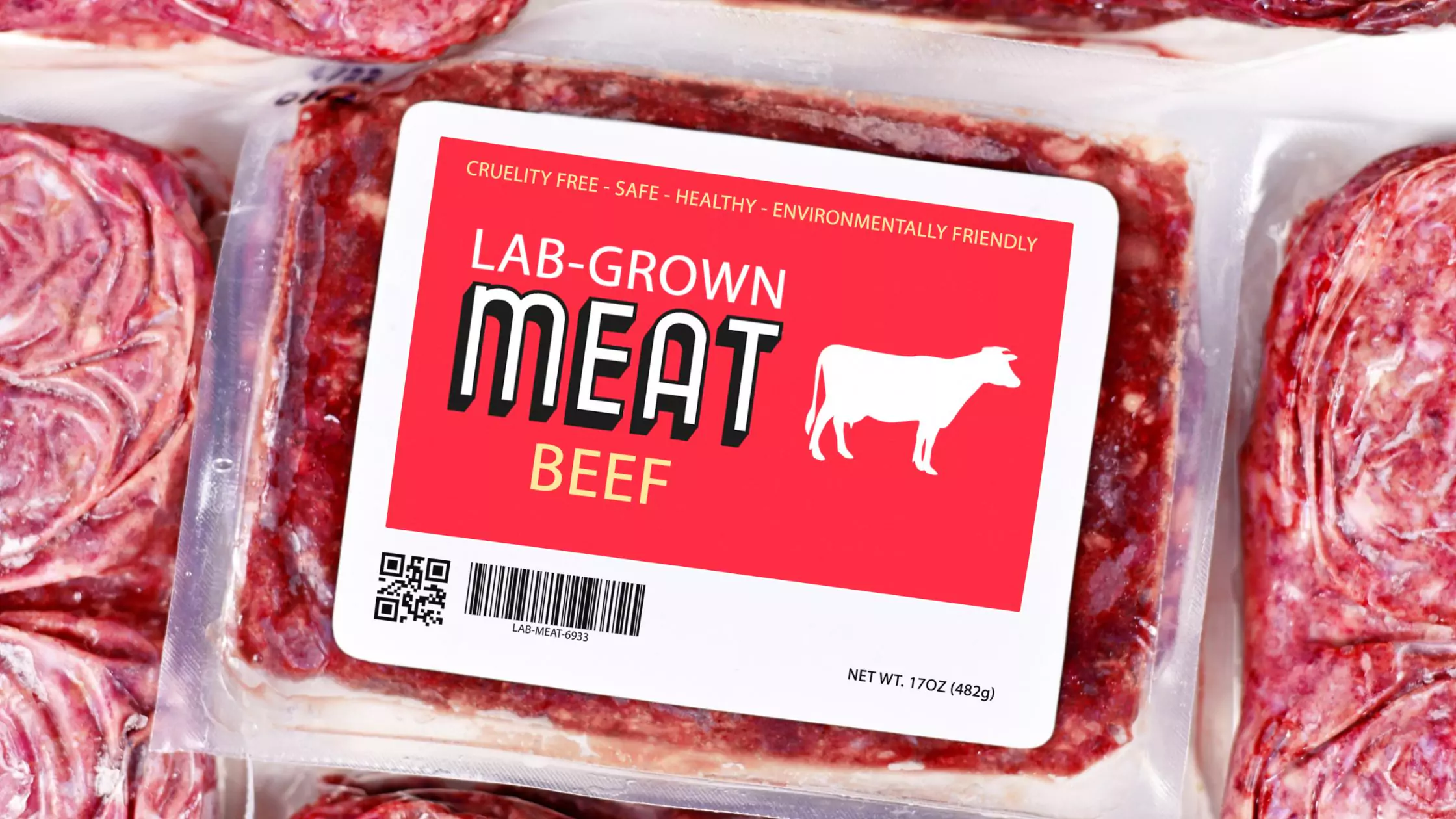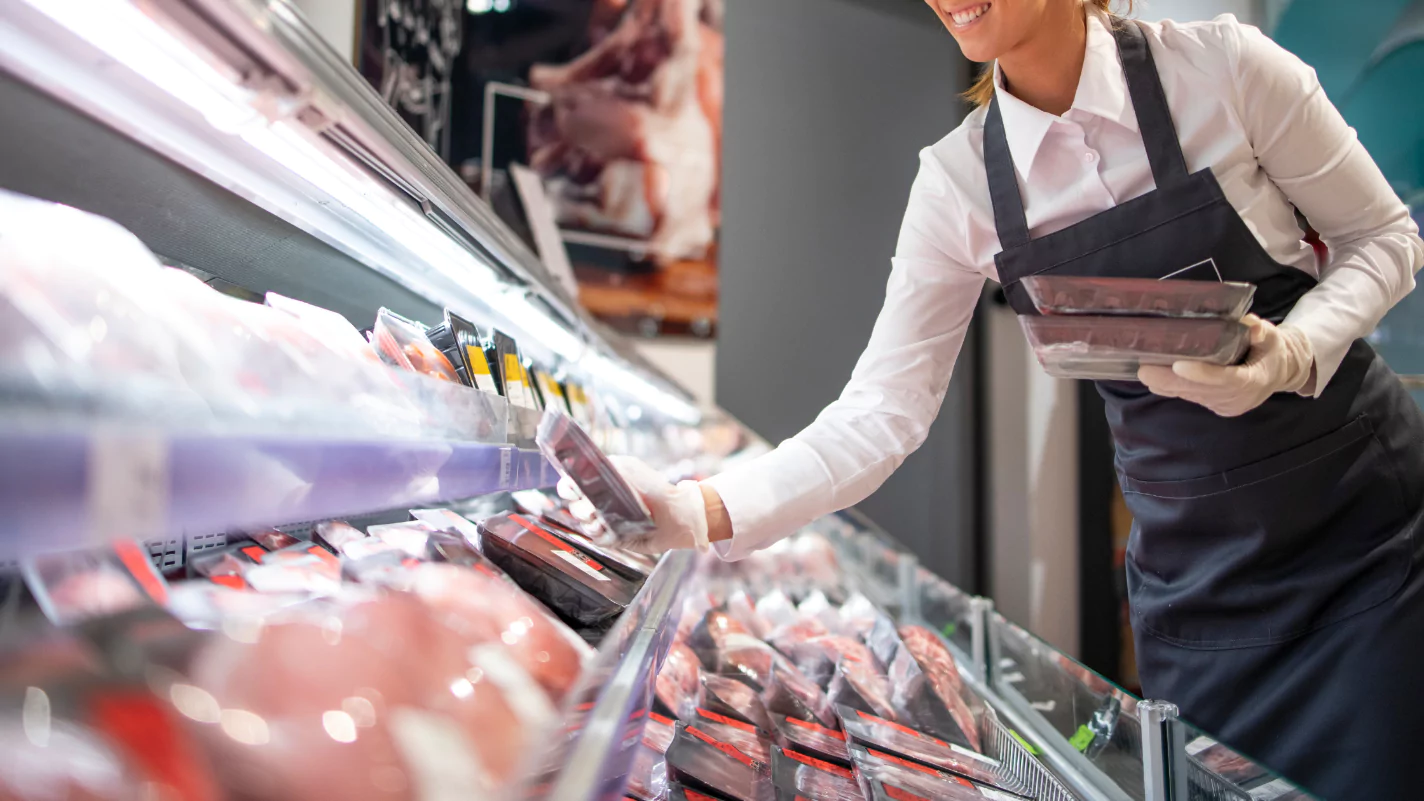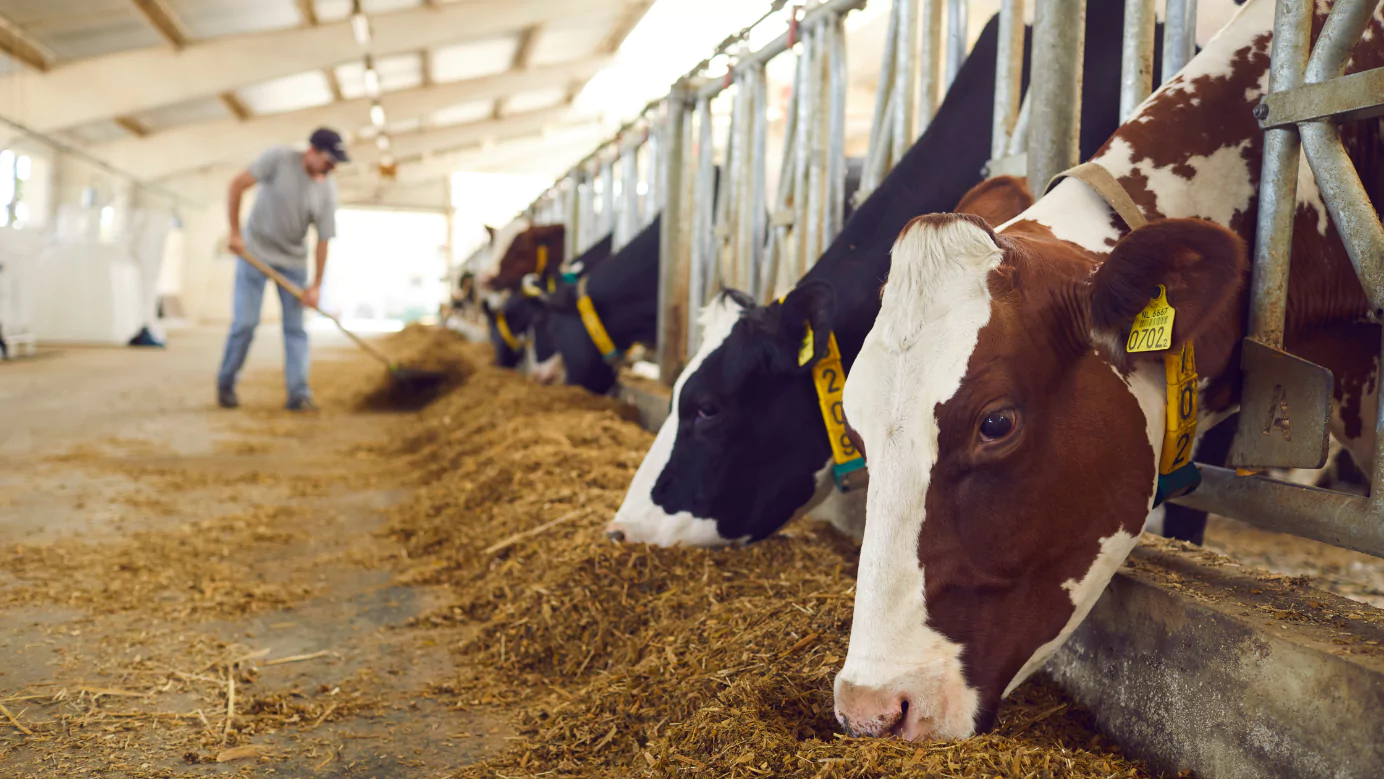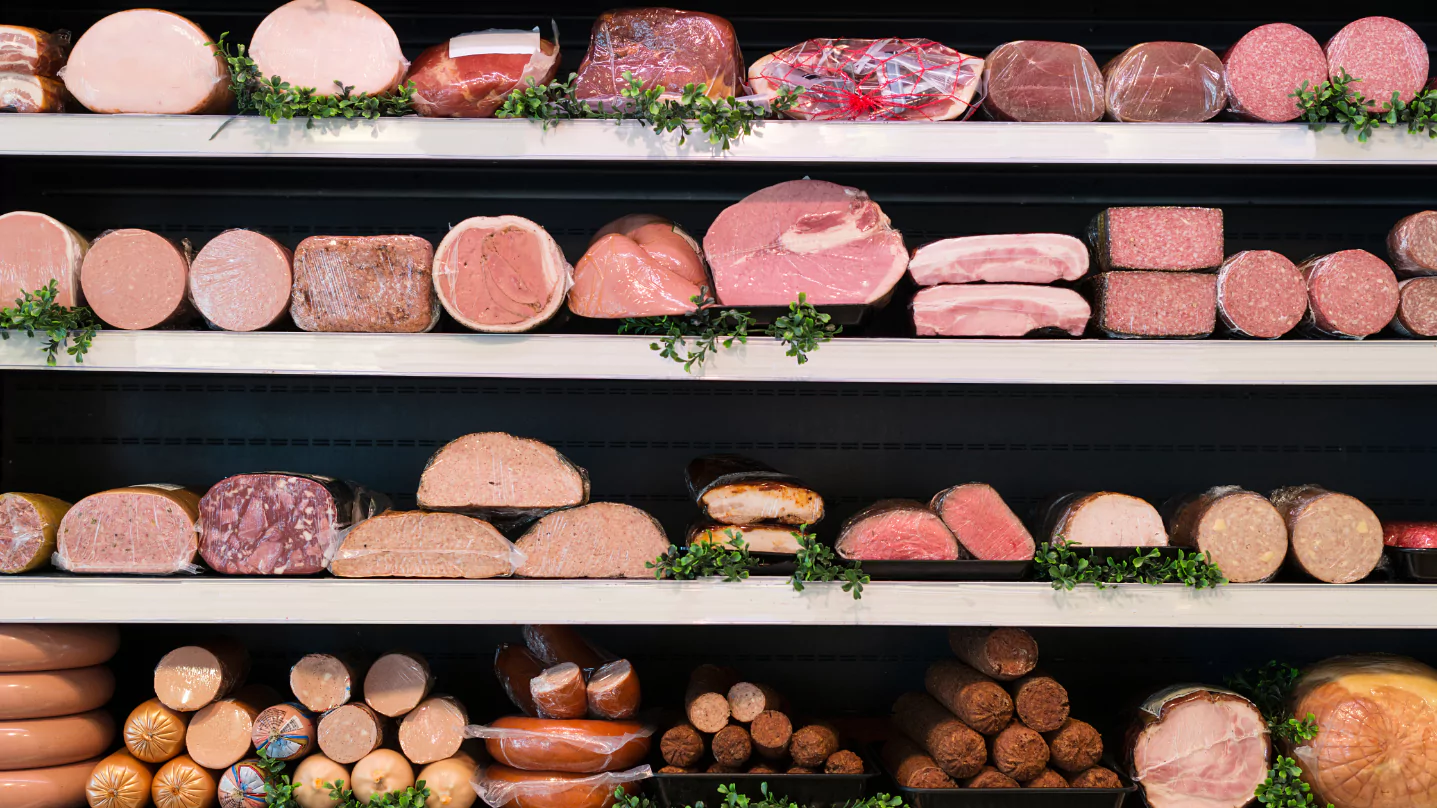Meet the Meat of the Future: Is Cultivated Meat Worth a Try?

Imagine enjoying your favorite juicy burgers, steaks, and chicken nuggets without the need for conventional meat production. It may sound like something out of a sci-fi movie. But cultivated meat is coming to grocery stores and, soon, our plates.
Upside Foods and Eat Just recently earned full FDA and USDA approval to sell cultivated chicken products. It won’t be long ’til you see them in supermarkets and on the menu of your favorite restaurants. However, the important question is, “Will you bite?”
What is Cell-Cultivated Meat?

At its core, cultivated meat starts with animal cells. Scientists extract a small sample of cells, typically muscle cells, from a living animal through a biopsy. Then, they place the cells in a nutrient-rich culture medium that provides the necessary environment for cell growth and replication. Over time, these cells multiply and form muscle tissue, giving the meat its texture and structure.
Cellular agriculture utilizes various techniques and technologies to ensure the cells thrive and differentiate into the desired meat product. For one, Upside Foods claims to have pioneered animal-component-free (ACF) products. ACF cell feed involves the introduction of specific nutrients at precise intervals to ensure optimal cell growth. This process is a more cost-effective alternative than growth factors extracted from livestock, like insulin and transferrin. Additionally, scaffold technologies create a framework that helps cells organize and form complex structures, mimicking the texture of traditional meat.
How Cell-Cultivated Meat Can Impact the Food Industry

One area in which the sale of cell-cultivated meat could impact the food industry is sustainability. Livestock farming is responsible for significant greenhouse gas emissions, deforestation, and water usage. According to the UN’s Food and Agriculture Organization of the United Nations, the livestock sector produces approximately 14.5% of global greenhouse gas emissions. On this note, proponents suggest that cell-cultivated meat may minimize the industry’s ecological footprint by requiring fewer natural resources than traditional livestock farming.
Another aspect to consider is the potential impact on dietary choices and preferences. If cell-cultivated meat becomes readily available, consumers may have more options and alternatives to conventional meat. This may change consumer behavior and demand for meat products, potentially impacting traditional meat providers’ sales and market share.
Furthermore, there are considerations regarding food safety and regulations. Cultivation in a controlled environment has certain advantages in reducing the risk of bacterial contamination and foodborne illnesses. However, ensuring the safety and proper regulation of cell-cultivated meat products will be crucial to address any possible concerns.Potential Impact on Traditional Farmers
Cellular agriculture holds immense promise for addressing food production challenges. Still, it could lead to job losses and declining demand for traditional animal products. This could have significant economic and social implications, especially in regions where farming is a primary industry.
For traditional farmers, the introduction of cellular agriculture may raise concerns about their livelihoods and the future of their farms. The advent of lab-grown meat and other cellular agriculture products could disrupt the market for conventionally produced animal products and potentially impact the demand for traditional livestock farming.
We must recognize traditional farmers’ valuable knowledge and experience as we navigate this transition. They have dedicated their lives to working the land, caring for animals, and providing food for communities. We must support and assist them during this period of change, ensuring a smooth transition and sustainable future for all stakeholders.

One approach is to provide resources and assistance to help traditional farmers adapt to the evolving landscape of the agricultural industry. This could include access to training programs, mentorship initiatives, and financial support to explore alternative farming practices or diversify their operations. By equipping farmers with the tools and knowledge to embrace new opportunities, we can empower them to thrive in the changing agricultural ecosystem.
Partnerships and collaboration between the cellular agriculture sector and traditional farmers can be mutually beneficial. We can foster dialogue and knowledge exchange by ensuring an inclusive and sustainable transition. Farmers can offer valuable insights and expertise in farm management and sustainable agricultural practices. Their knowledge in these areas can benefit cellular agriculture’s development and advancement.
Moreover, governments and organizations can play a critical role in supporting traditional farmers through policies promoting a fair transition. Initiatives such as financial incentives, market access, and research funding can help farmers navigate the changing landscape and explore new opportunities cellular agriculture offers.Other Key Concerns Surrounding Cellular Agriculture

• Health Risks
• Cost Considerations
Cultivated meat’s production costs are considerably higher than traditional meat’s. This may limit accessibility, making it an expensive option for consumers and hindering widespread adoption. Continued technological advancements and production scaling are necessary to reduce costs and make cultivated meat more affordable.
• Environmental Impact
Some researchers claim that cultivated meat potentially reduces greenhouse gas emissions, land use, and water consumption. However, there are still concerns about its overall environmental impact and sustainability.
A recent study suggests that lab-grown meat’s global warming potential is four to 25 times worse than retail beef. Researchers attribute this finding to the energy-intensive processes and the carbon footprint associated with cell culture media used in production.
• Consumer Acceptance
• Policy and Regulation
Developing clear and robust regulatory frameworks is crucial to ensure cultivated meat products’ safety, quality, and proper labeling. Effective oversight will be essential to address health, safety, and consumer protection concerns. Collaboration between regulatory bodies, industry stakeholders, and scientific experts is needed to establish appropriate regulations as this technology evolves.
So, Is Cultivated Meat Worth a Try?

It is an avenue well worth exploring. Still, we need continued research and evaluation to fully understand the implications and address the challenges associated with this technology. Furthermore, it’s crucial to acknowledge the impact on traditional farmers and the need to equip them to adapt and thrive.
If you want to explore the possibilities of cultivated meat, we have the resources to help you. Take advantage of our expertise and leverage our deep understanding of the food production industry. Contact us today and discover how MBE CPAs can support you in this ever-evolving sector. Together, we can navigate the complexities of food production and propel your business toward a successful and sustainable future!
Our marketing affiliate and contributor, Brand House Marketing, wrote this article. Reach out to them for creative and custom-tailored marketing solutions for your company.
